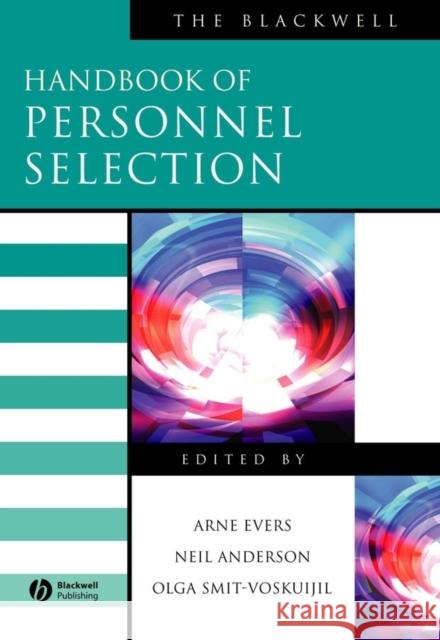The Blackwell Handbook of Personnel Selection » książka
topmenu
The Blackwell Handbook of Personnel Selection
ISBN-13: 9781405117029 / Angielski / Twarda / 2005 / 584 str.
The Blackwell Handbook of Personnel Selection provides a state-of-the-art review of theory, research, and professional practice in the field of selection and assessment.
- Reviews research and practical developments in all of the main selection methods, including interviews, psychometric tests, assessment centres, and work sample tests.
- Considers selection from the organization's and the applicant's perspective, and covers the use of new technology in selection and adverse impact issues.
- Each section includes contributions from internationally eminent authors based in North America and Europe.











